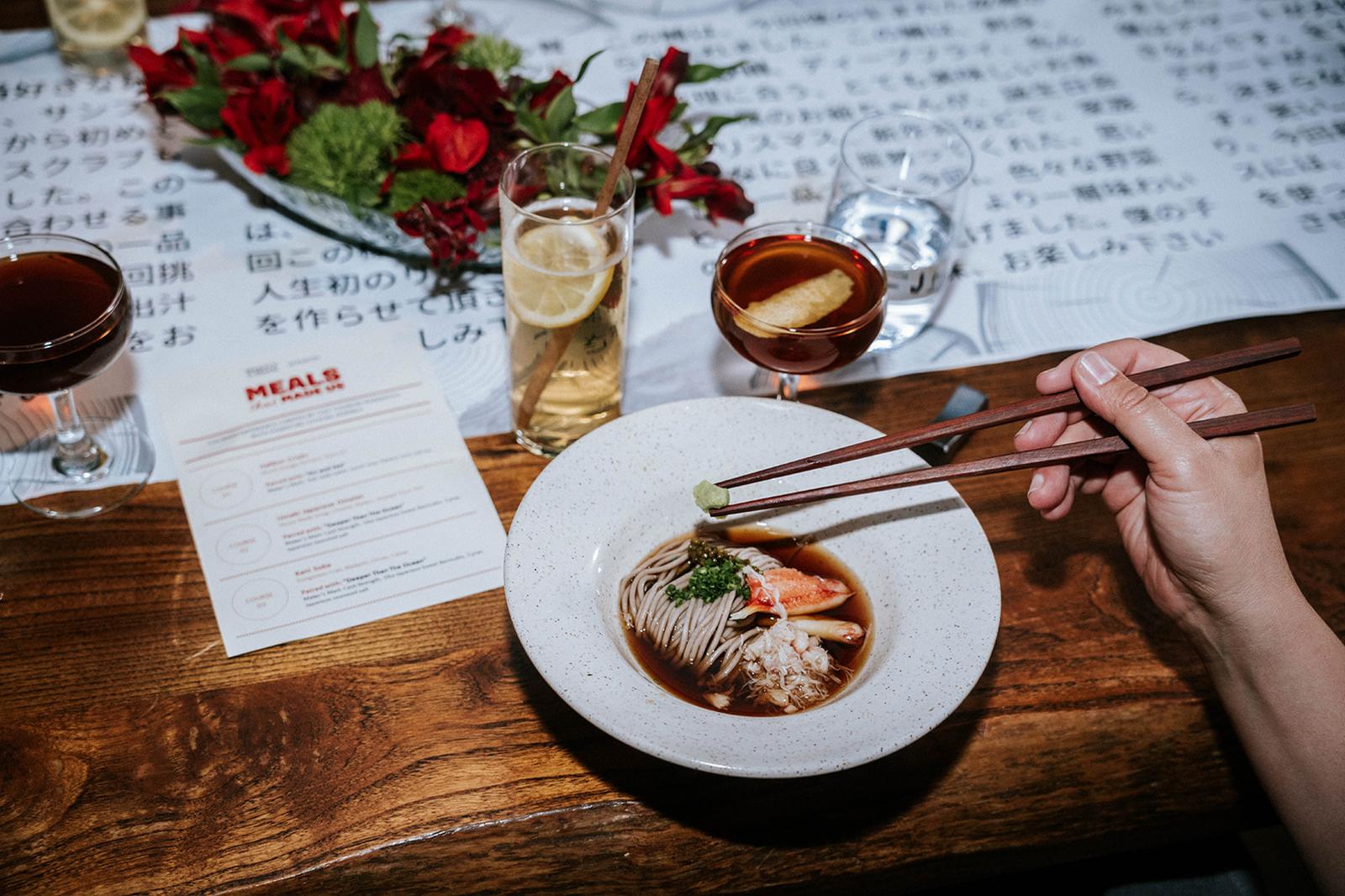Planning your event menu can be fun - but it can also be quite challenging. One of the trickiest things to plan for is how much food and drink to order. Most venues will need you to make menu selections about a month out, with final guarantees due 72 hours prior to your meal function. There is a delicate balance of staying within your catering budget while also not ordering too much or too little. It’s a special skill and takes a bit of practice to get a feel for your group and how much you should really be ordering.
To help guide you, here are a few tips and things to keep in mind:
Keep A Group History
One of the best and most helpful things you can do for yourself is to start keeping historical data by tracking how much you order v. how much is actually consumed. While this might not be an exact science, it will give you some insight into how many people on average on attending your meal functions. For instance, if you have a 100 person event and have only checked in about 50 people by the time breakfast is over, you only will need to expect to order food for 50 people in the morning, not the full 100. Or, if you guarantee 75 people for lunch, and find out 100 people were served, then you’ll know you need to order more.
Consider Function Type
Not all meal functions are the same, there are some trends you can expect to see at each out - I’ve outlined below some of the most common.
Breakfast: Not all of your attendees will attend breakfast, so you usually can order under your expected overall event attendance. Buffets for breakfast are safe, since some people may just want to snack, while others want a whole big breakfast and load up a bit more.
Lunch: You can expect that almost everyone will attend your lunch function - it’s an opportunity for networking and likely is in the middle of your event when it is the busiest, though some attendees may head back to the office, have their own private lunches off-site or get some work done in their room.
Reception: Receptions can be tricky - depending on how long they are can influence how much food you should order. If it’s an hour reception, the food should be lite - but if you are going to stretch it out to about two hours and into dinner time, you should consider offering heavier food options. For passed items, plan on about 3-4 items per person for an hour, and 6-8 pieces per person for two hours.
Consider Style of Service (Plated v. Buffets)
Another important thing to consider when picking your menu is the style of service. For instance, a plated meal versus a buffet meal - and a lot of different things may come into play. Are your attendees expecting more “formal” sit down meals? Or will they be OK with serving themselves in a more casual setting? Consider your budget - buffets tend to cost a bit more because it’s more prep work for the kitchen, but you may also be able to be less accurate with your numbers since plated meal guarantees tend to need more accuracy. Do you have enough time? Plated functions require a bit more time due to serving a clearing - whereas buffets people can grab and go rather quickly.
Consider Dietary Preferences
You’ll also want to have a selection of items that will appeal to all dietary restrictions, especially if you are aware of them. The most popular to consider are vegetarian, dairy-free, and gluten-free. While picking items, try to find items that fit into more than one category - for instance, if you offer cru de te during a break or reception, that will satisfy everyone who is vegetarian, dairy-free & gluten-free. If you are choosing passed items, make sure to offer variety - you don’t want to have 4 chicken options, switch it up by offering something with fish or vegetables to appeal to a wide group of people. Also, it will be very important to make sure everything is labeled so that your guests who have allergies or food intolerances are aware if you can’t avoid removing those items altogether.
Consider Your Audience
Know the demographic of your group, age and gender can influence how much and what people eat in a given setting. If the group is mostly men, then statistically they are going to consume more food than if the group was a majority of women. If you know your group prefers healthy, nutritional options, make sure to have some available. If you need help figuring it out, survey your audience when they register to get an idea of dietary and food preferences.
Consider Social Distancing & Safety
COVID has changed the way we think and approach a lot of things, especially food and beverage. Once in-person meetings and events come back, there will still need to be considerations when planning out your catering menu. We’ve seen a shift to individual portioned and pre-packed items, and loss of venues moving away from offering buffet options. Keep these things in mind as you think about your catering menu and what will make your guests feel most comfortable.




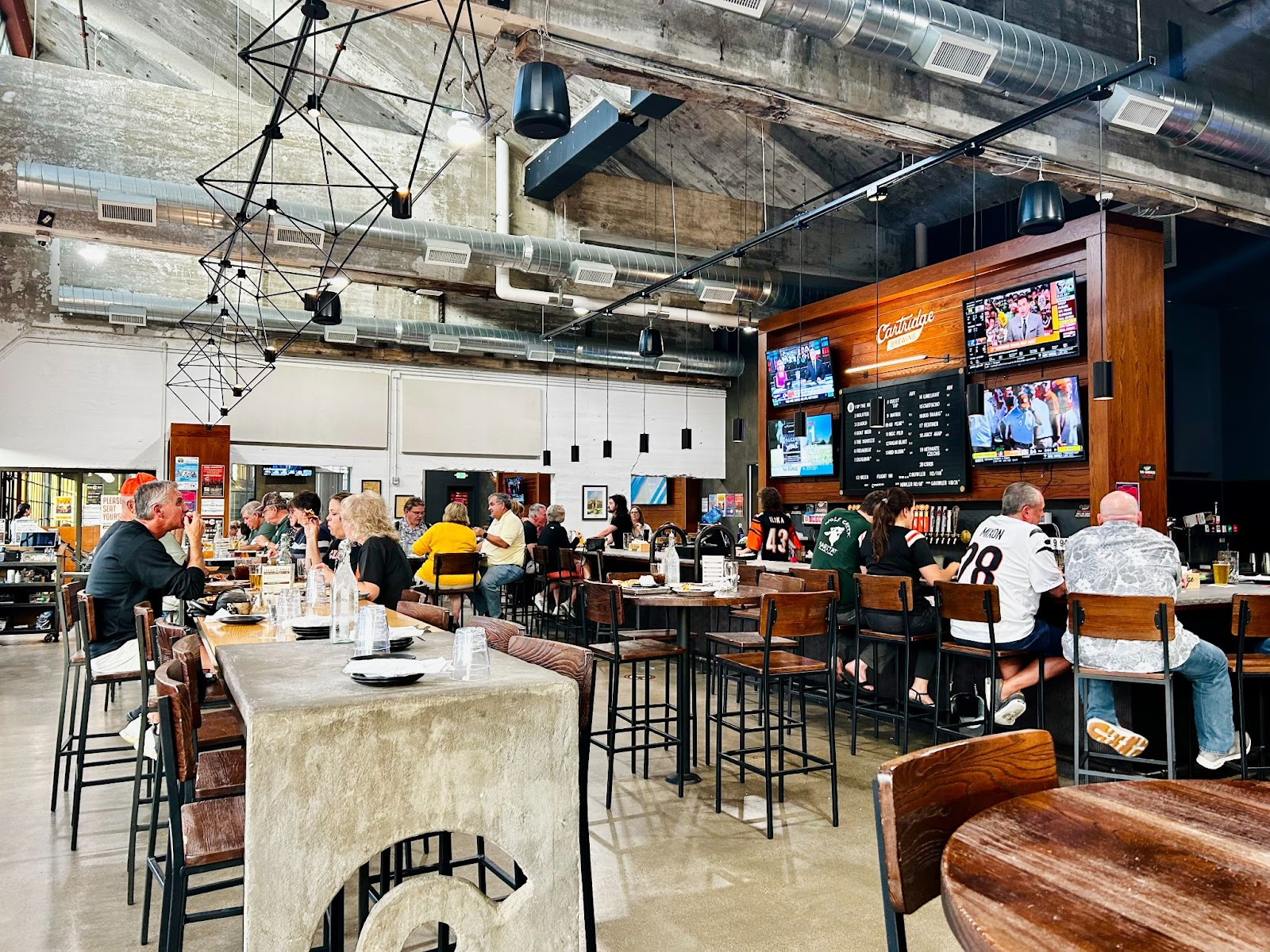




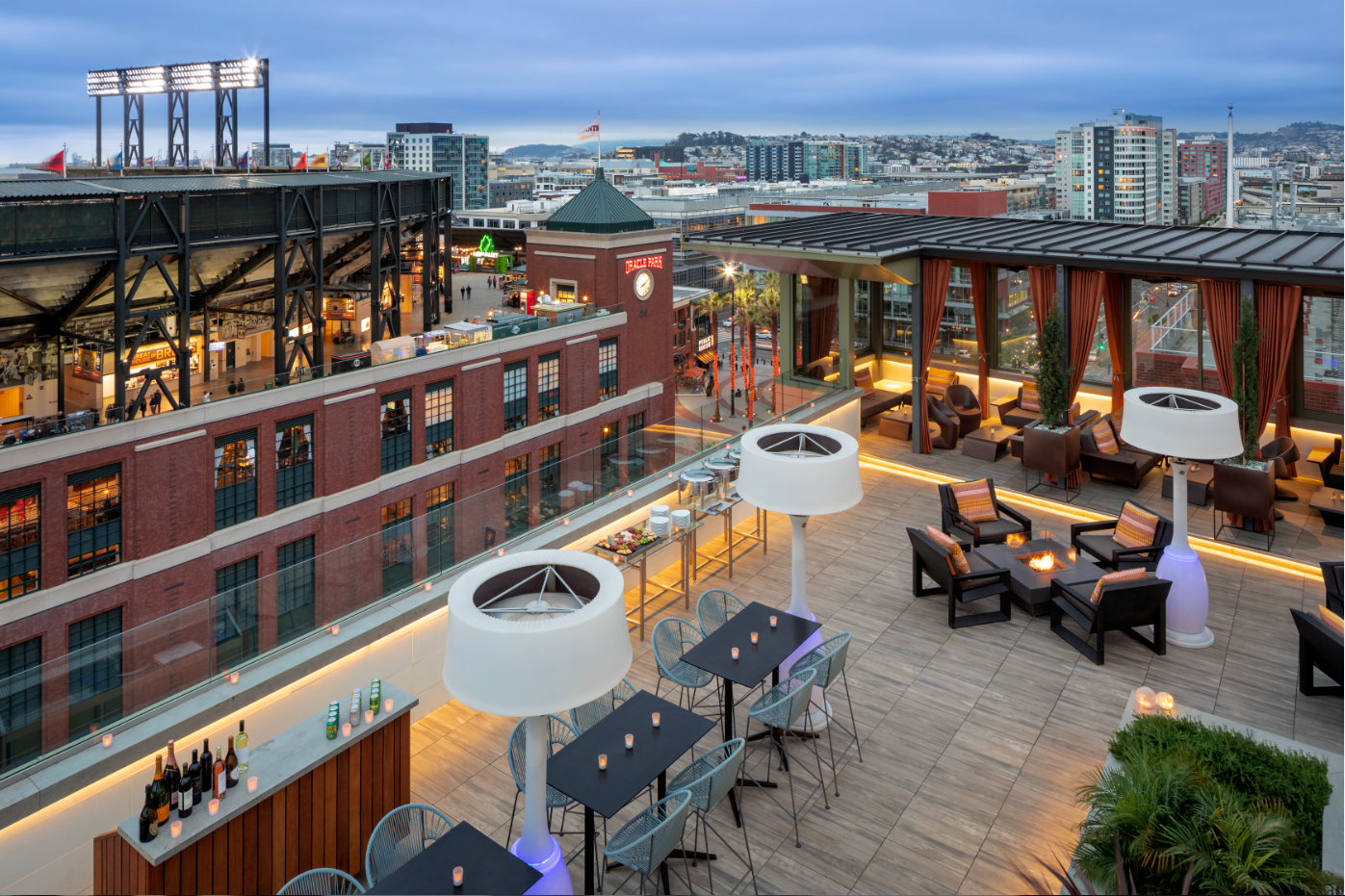
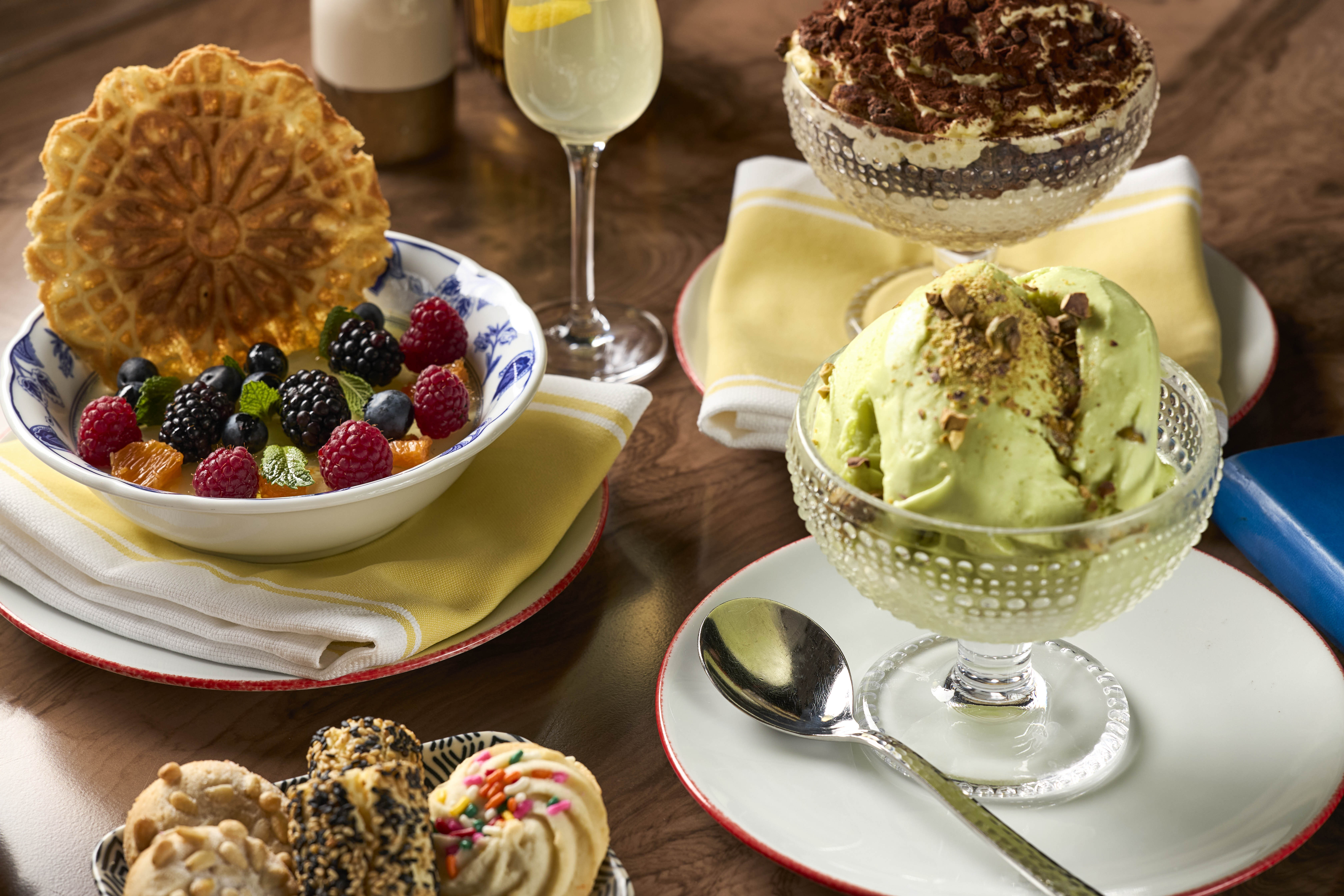
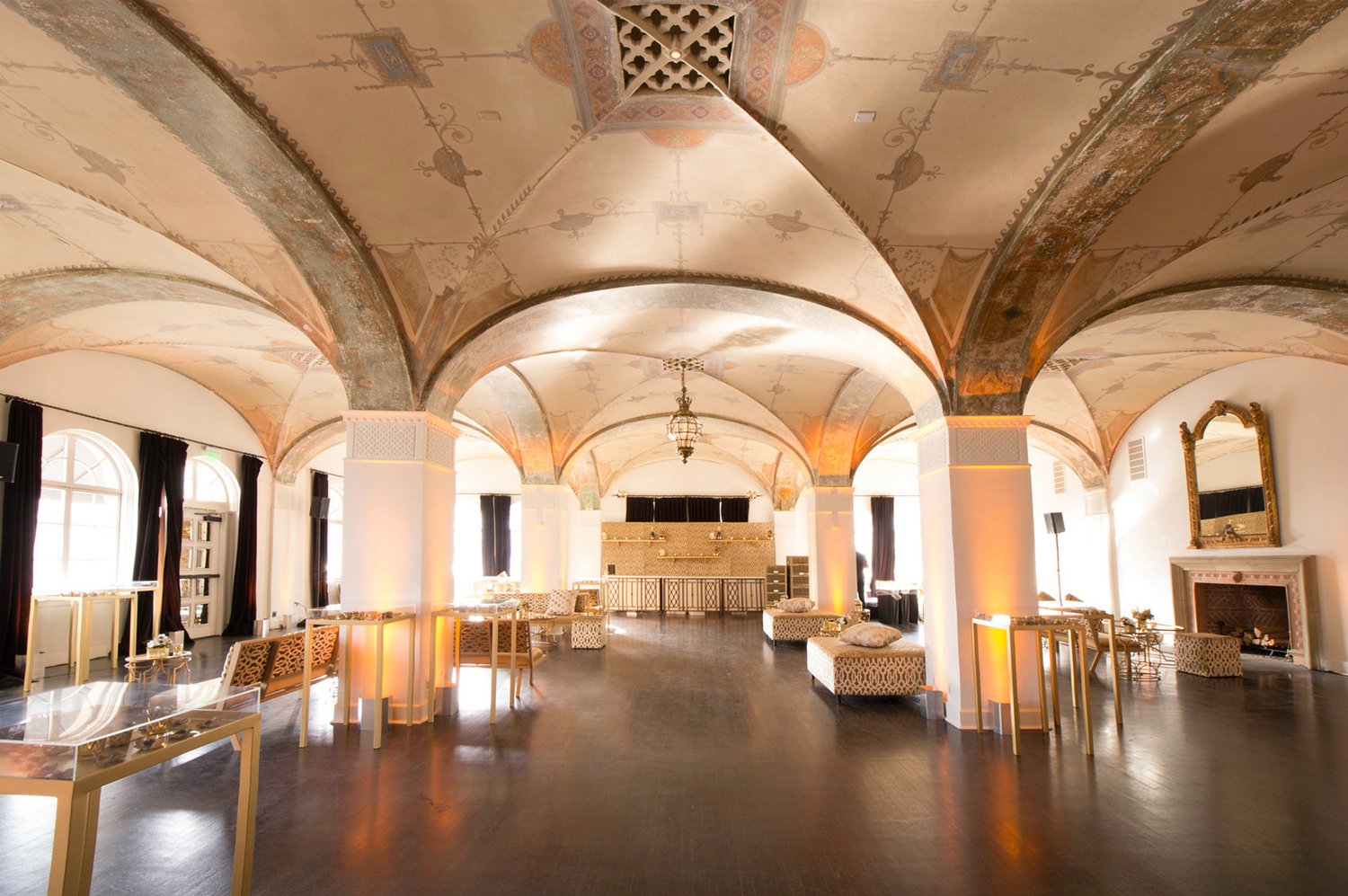



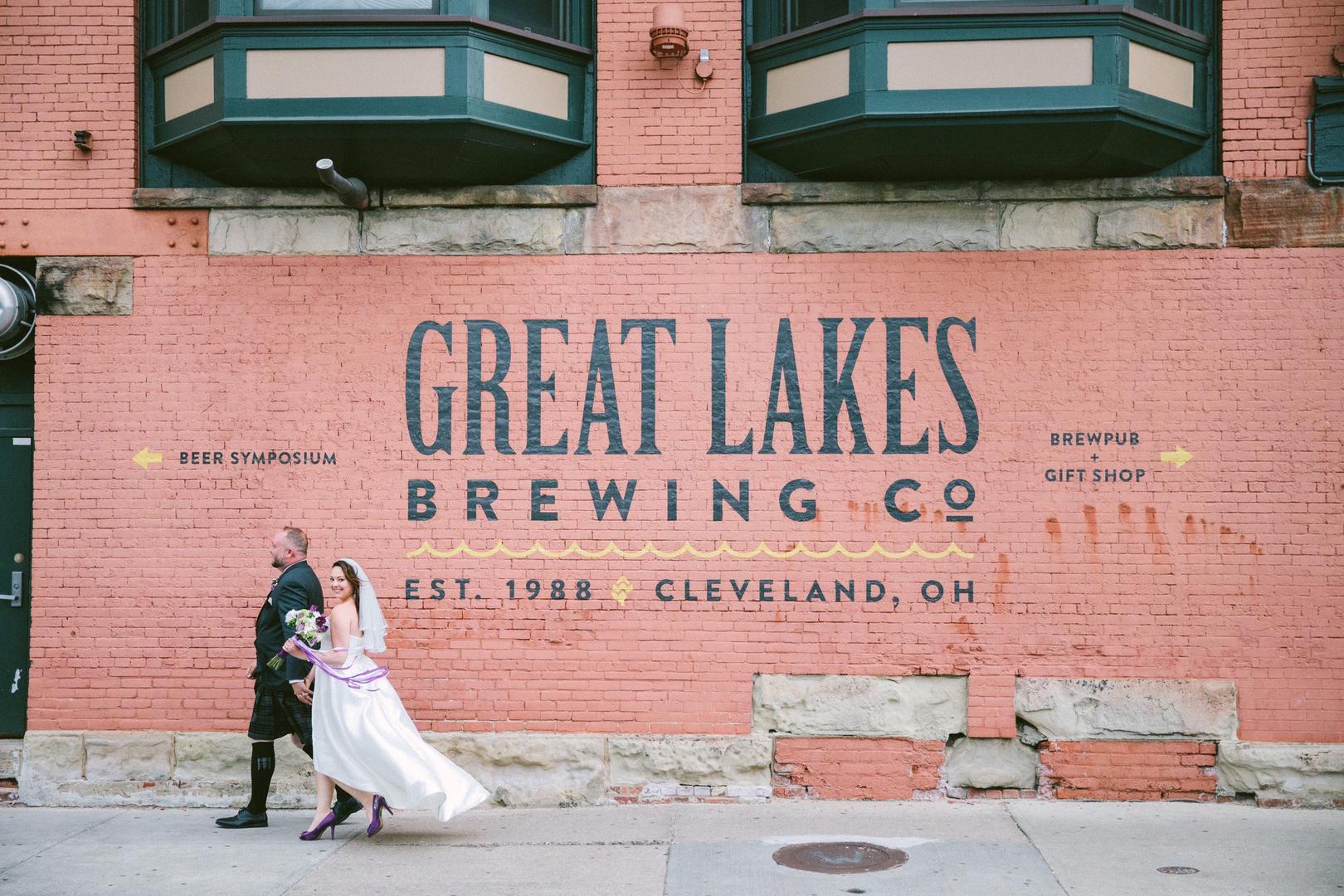
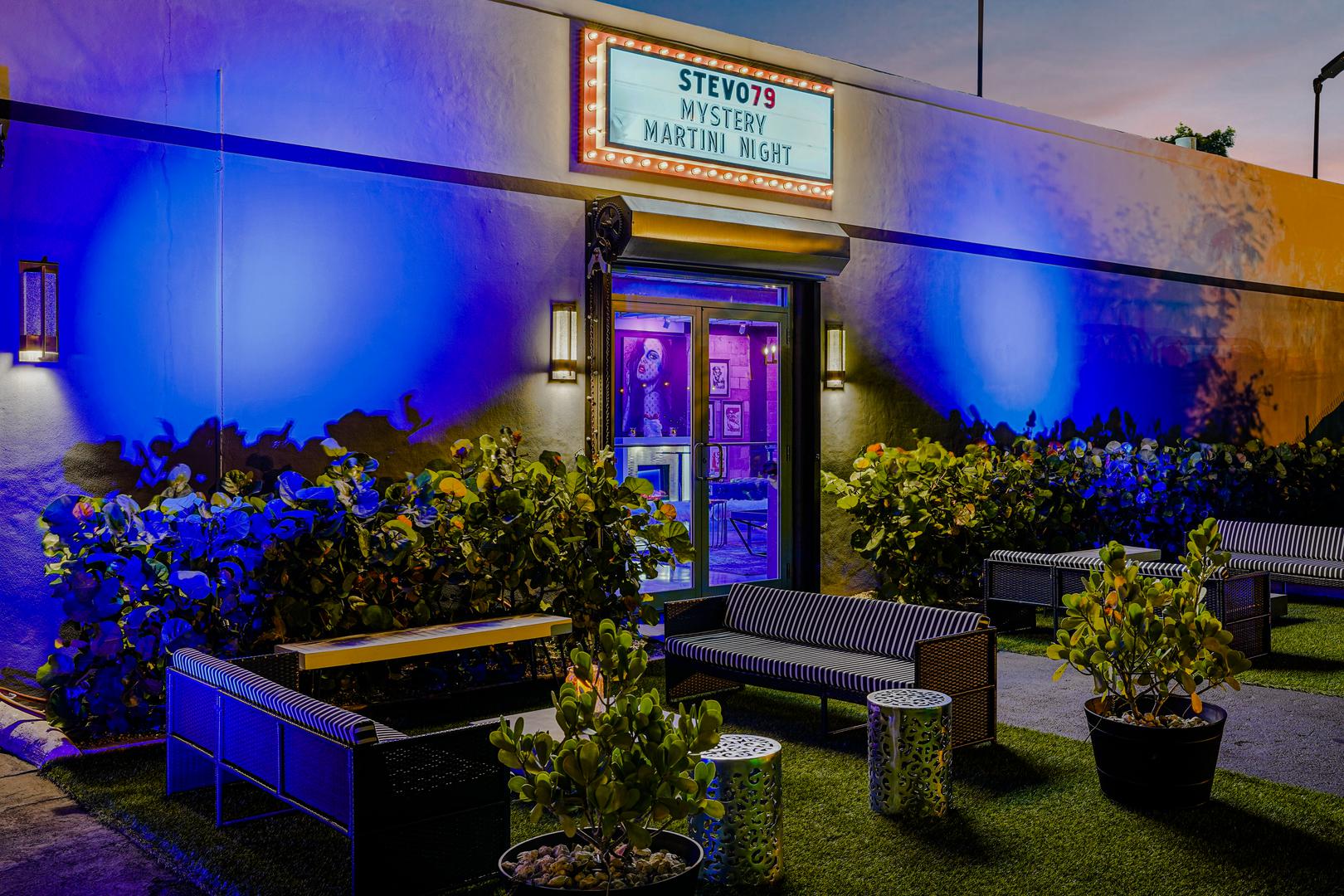
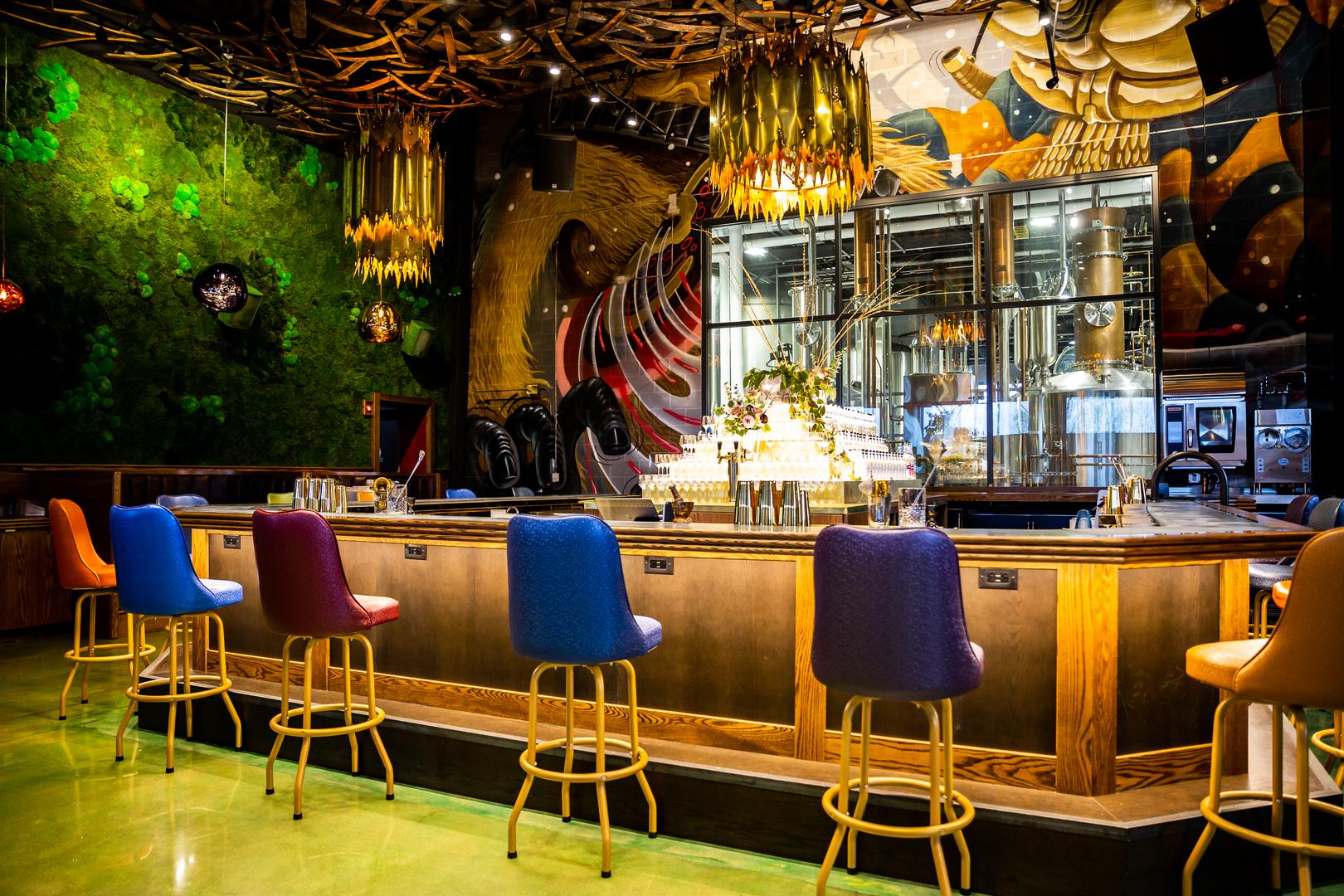
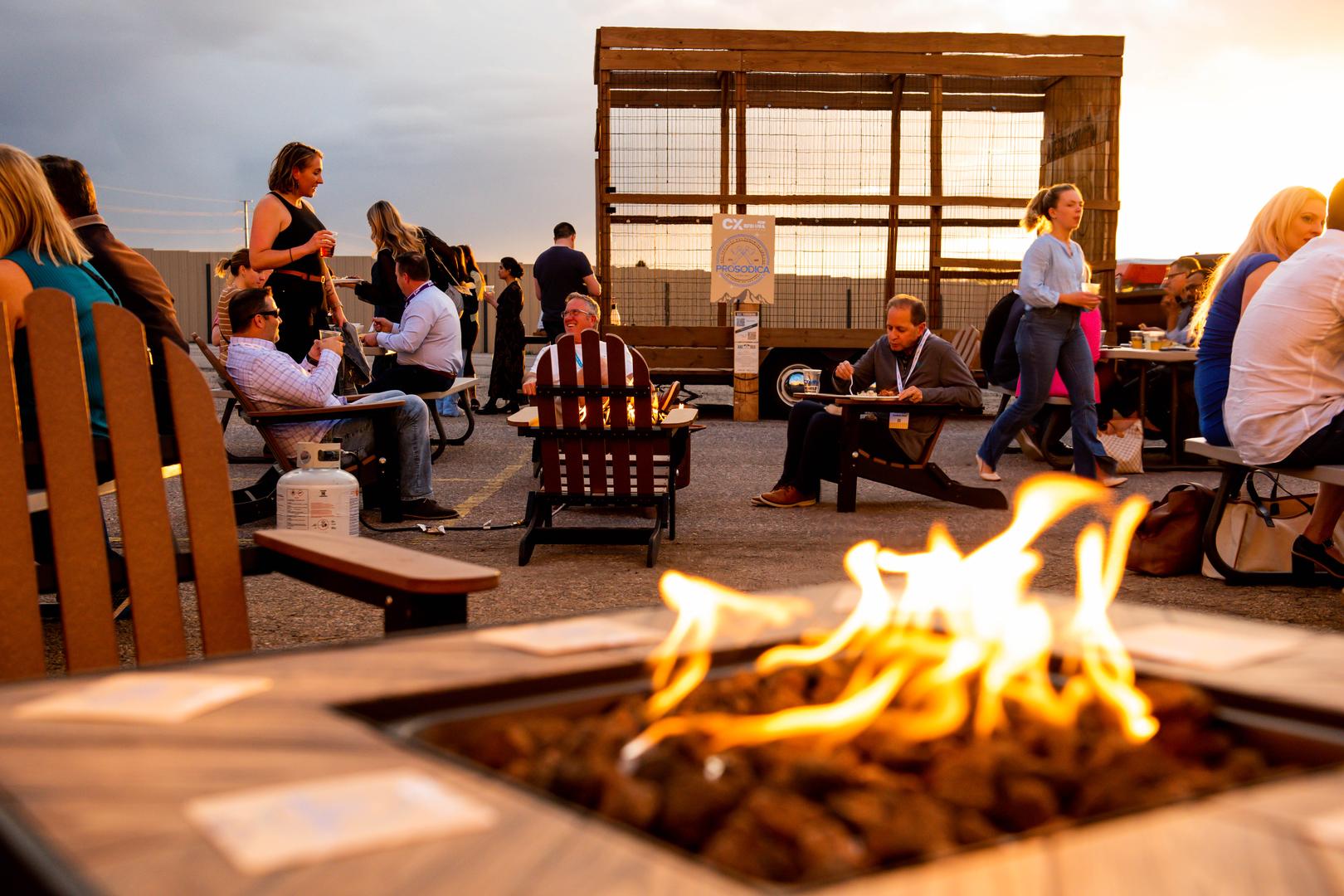

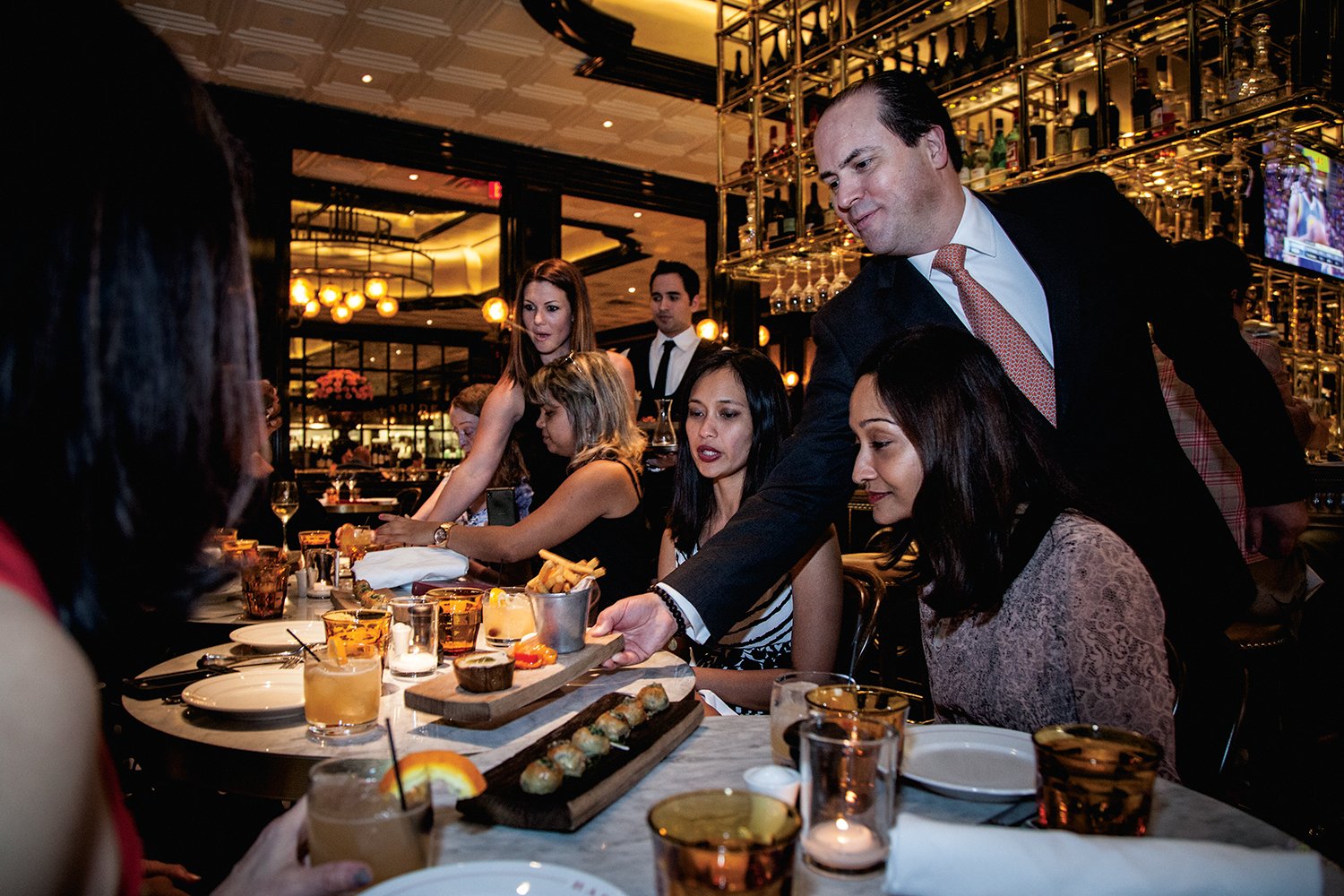
%20Where%20to%20Eat%20Near%20Willis%20Tower%20in%20Chicago.png)
